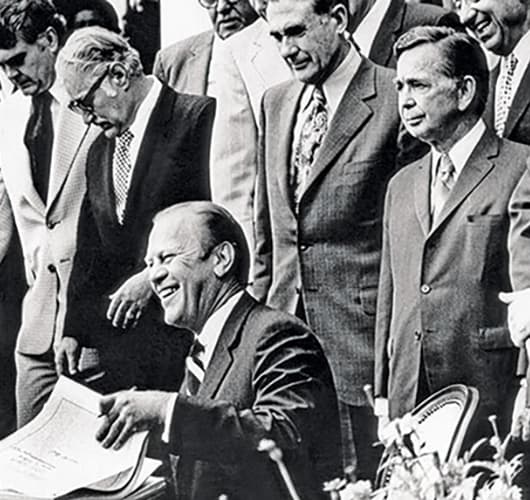
What are the benefits to workers?
The core benefit of the ESOP to workers is that it gives them the opportunity to own a stake in their company. In addition to a worker’s wages and (in many cases) a separate 401(k) plan, having ownership in a company can enable employees to build wealth by sharing in the success of their employer. ESOPs can also help drive greater levels of employee engagement as workers feel more invested in the company’s success. This, in turn, can also foster increased job satisfaction and motivation across the workforce. Importantly, ESOPs provide ownership to employees as a reward for their hard work, at no incremental out-of-pocket cost to the employee, and ESOP contributions are almost never intended to replace any wages or benefits workers would otherwise receive.

When can workers access their money?
An ESOP is a benefit plan that often is used as part of retirement planning, so the intention is for workers to access this money at retirement. However, workers do have the right to begin diversifying their holdings (and move their company stock into different investments) once they turn age 55, and at age 59.5 they can start the process of exchanging their positions for cash (though this process may take a few years depending on the specific terms of a given plan). Typically, if an employee leaves his or her company prior to retirement, the company has the right either to buy the employee’s allocated shares or let the employee retain any vested stock. However, in either scenario, the employee cannot withdraw anything from his or her ESOP account until age 59.5 without incurring a tax penalty. While most of the items discussed here are dictated by law and are universal across ESOPs, many elements of ESOP plan structuring are customizable and can vary from company to company.

What are the benefits to companies?
Companies can benefit from higher levels of employee engagement and lower turnover. This, in turn, can potentially yield better performance and faster growth. This has been substantiated by a number of academic papers over the years that have concluded that the development of an ownership culture and higher levels of employee engagement can benefit both workers and companies alike.
In addition to these notable operational benefits, appropriately structured ESOPs are eligible for substantial tax benefits which have the potential to augment a company’s financial performance in a meaningful way.
Source: The National Center For Employee Ownership

Who regulates and oversees ESOPs?
Many people are aware of the Employee Retirement Income Security Act of 1974 (ERISA) as it relates to worker protections like COBRA, HIPAA and various pension benefits. ERISA also included language that both established ESOPs and assigned power to the Department of Labor (DOL) to ensure plans are structured and managed appropriately. And 50 years later, the DOL still reviews and regulates ESOPs under ERISA. The Internal Revenue Service directly regulates ESOPs as well, ensuring ESOPs comply with an array of pension-related requirements.
